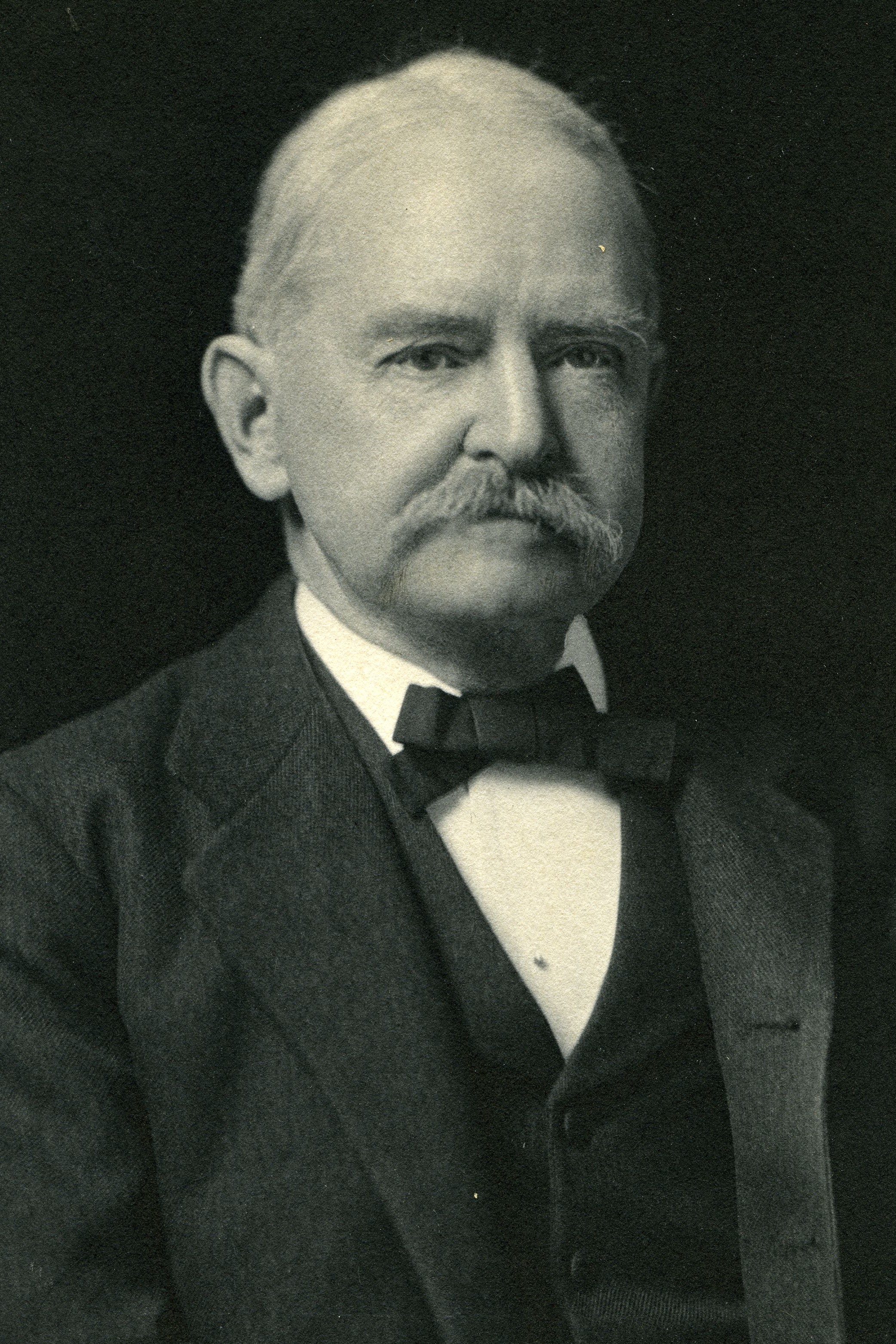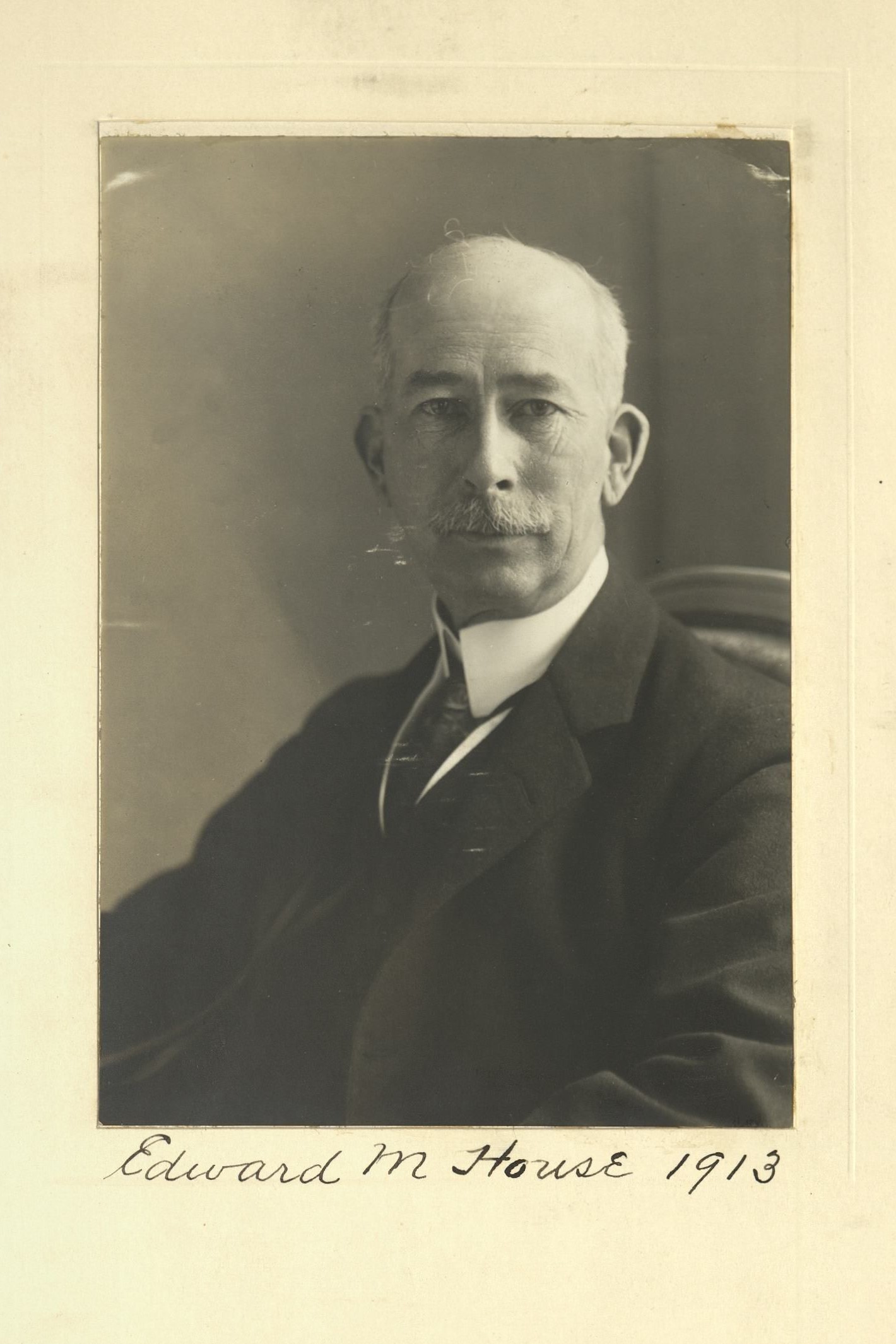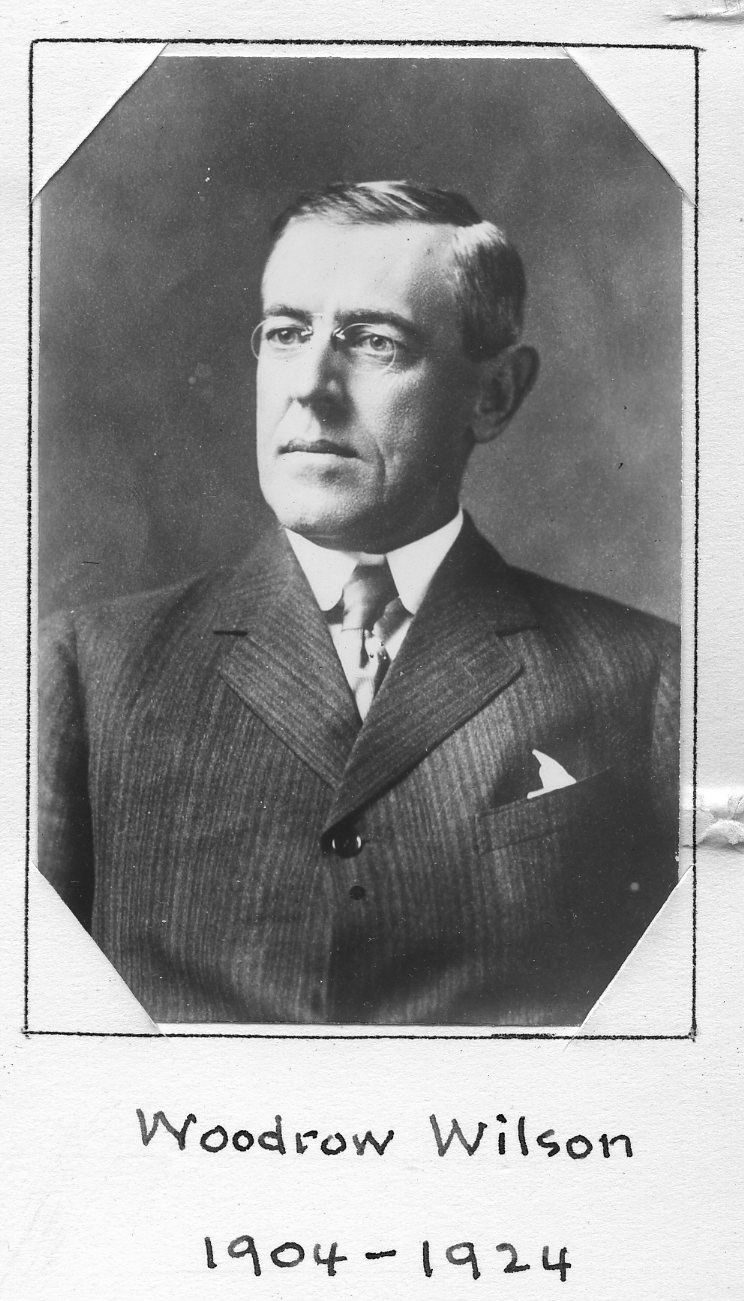Member Directory,
1847 - 1922
Victor Morawetz
Lawyer
Centurion, 1896–1938
William Gardner Choate and Francis Lynde Stetson
Baltimore, Maryland
Charleston, South Carolina
Age thirty-seven

Century Memorial
The law was for Victor Morawetz hardly more than a point of departure for rich and varied activities that radiated in many directions. He was a brilliant pioneer in the field of corporation law and, making his mark swiftly, became one of the ranking authorities in respect to the law of railroads and corporations generally while still in his middle years. Having directed the reorganization of the Santa Fe he served as its counsel and as its chairman of the board from 1896 to 1909. The organization of United States Steel was another major undertaking in which he served as counsel. Here were activity and success which would have served to occupy the full time of most men. From the start, however, Morawetz found his interests reaching out beyond the confines of legal practice. Before he reached thirty he published his first book, “Law of Private Corporation.” Thenceforward, he found time to write almost constantly upon a steadily widening circle of subjects. Banking, currency and, indeed, all economics interested him profoundly and as a result he made a contribution to the nation’s history which was long unacknowledged. As early as 1909, Morawetz published a book, “The Banking and Currency Problem in the United States,” and in it suggested the possibility of “sectional reserve banks.” Two years later he enlarged upon this theory in a pamphlet which he sent to the members of Congress and which, as it happened, came to the eyes of President Wilson. Many men contributed to the structure of the Federal Reserve Act but there seems no doubt that the regional conception as opposed to the creation of a central bank was first urged upon the Wilson administration by Morawetz. So the papers of Colonel House revealed in 1927. The peace treaties and the undertaking of the American Law Institute to restate the law stand among the innumerable problems to which he devoted the last thirty years of his life, having retired from active practice at the age of fifty. He was a lover of all the arts and in his later years on John’s Island, near Charleston, South Carolina, he devoted a large part of his tastes and energies to restoring an ancient castle fallen into ruins, Fenwick Hall. Charlestonians bear witness to the beauty of his gardens there and the savor of his hospitality.
Geoffrey Parsons
1938 Century Memorials
Related Members
Member Directory Home-
 William Gardner ChoateLawyer/JudgeCenturion, 1866–1920
William Gardner ChoateLawyer/JudgeCenturion, 1866–1920 -
 Fulton CuttingElectrical EngineerCenturion, 1921–1931
Fulton CuttingElectrical EngineerCenturion, 1921–1931 -
 Edward M. HousePlanter/Publicist/Diplomat/Presidential AdviserCenturion, 1913–1938
Edward M. HousePlanter/Publicist/Diplomat/Presidential AdviserCenturion, 1913–1938 -
 Francis Lynde StetsonLawyerCenturion, 1878–1920
Francis Lynde StetsonLawyerCenturion, 1878–1920 -
 Woodrow WilsonPresident, Princeton University/Governor of New Jersey/U.S. PresidentCenturion, 1904–1924
Woodrow WilsonPresident, Princeton University/Governor of New Jersey/U.S. PresidentCenturion, 1904–1924



